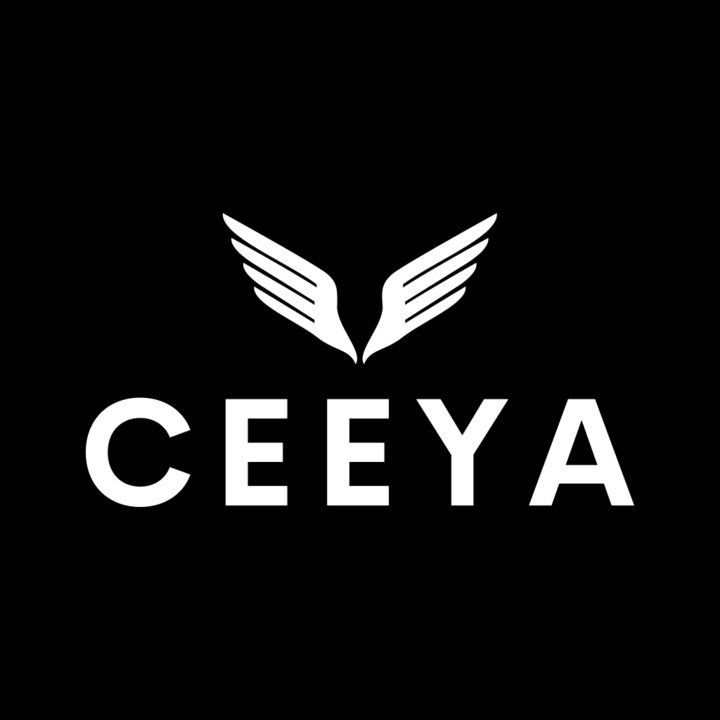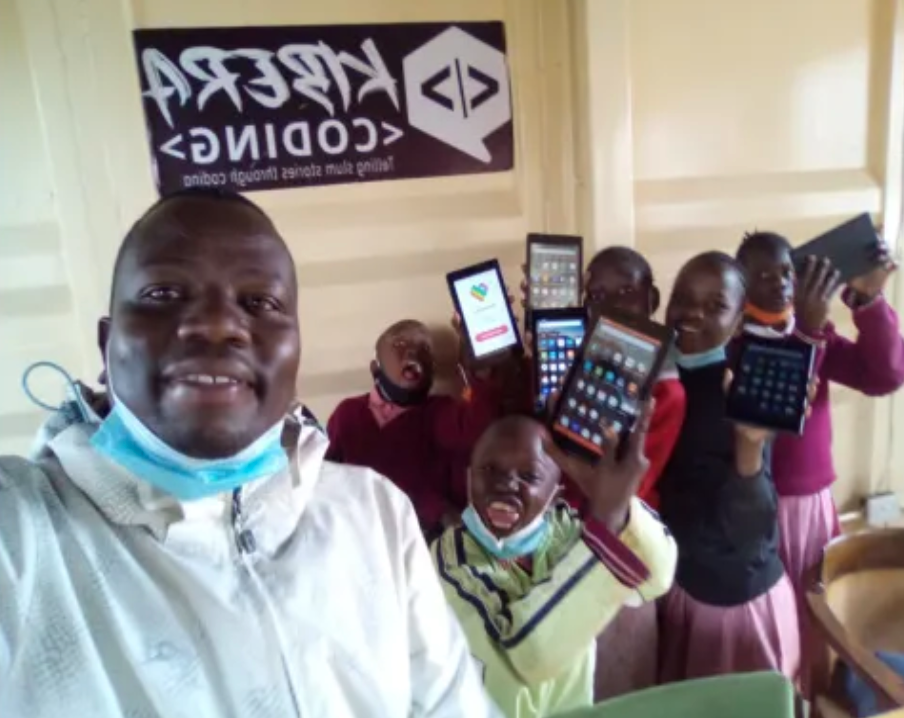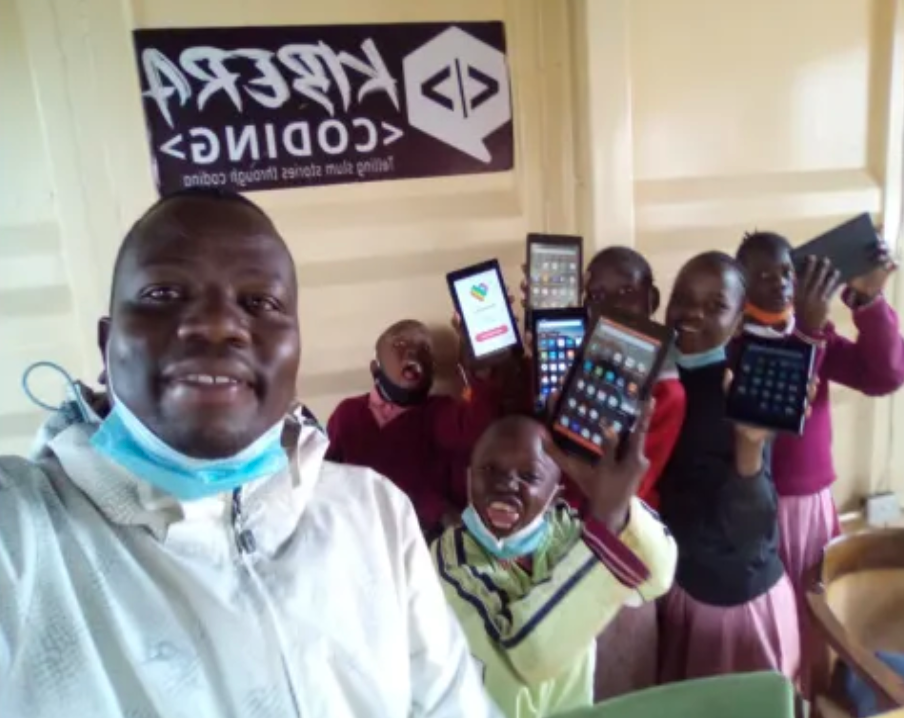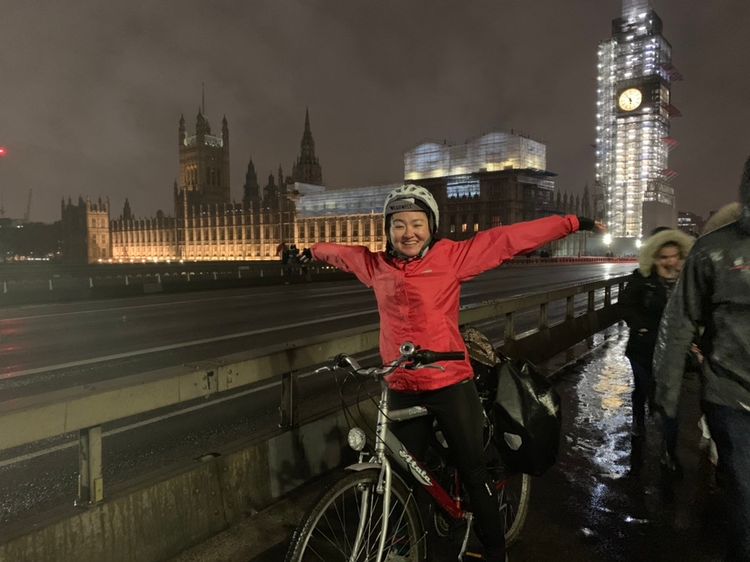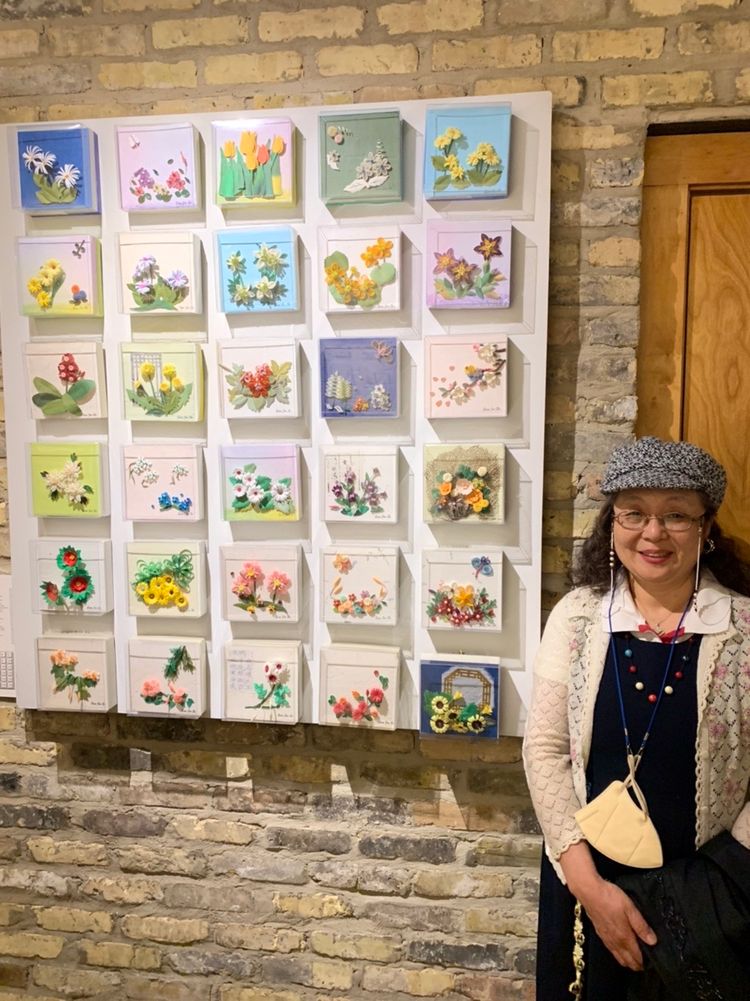Exploring multiple identities through movement

Mihyun Lee is a movement therapist and psychotherapist. She promotes psychological well-being through physiological practice. She will give an online session "Exploring multiple identities through movement" on November 1st (Tuesday) 12p.m. PDT / 3p.m. EDT / 8 p.m. CEST. Here's Ceeya's interview with her.
Mihyun's Ceeya page: https://www.ceeya.io/at/mihyunlee
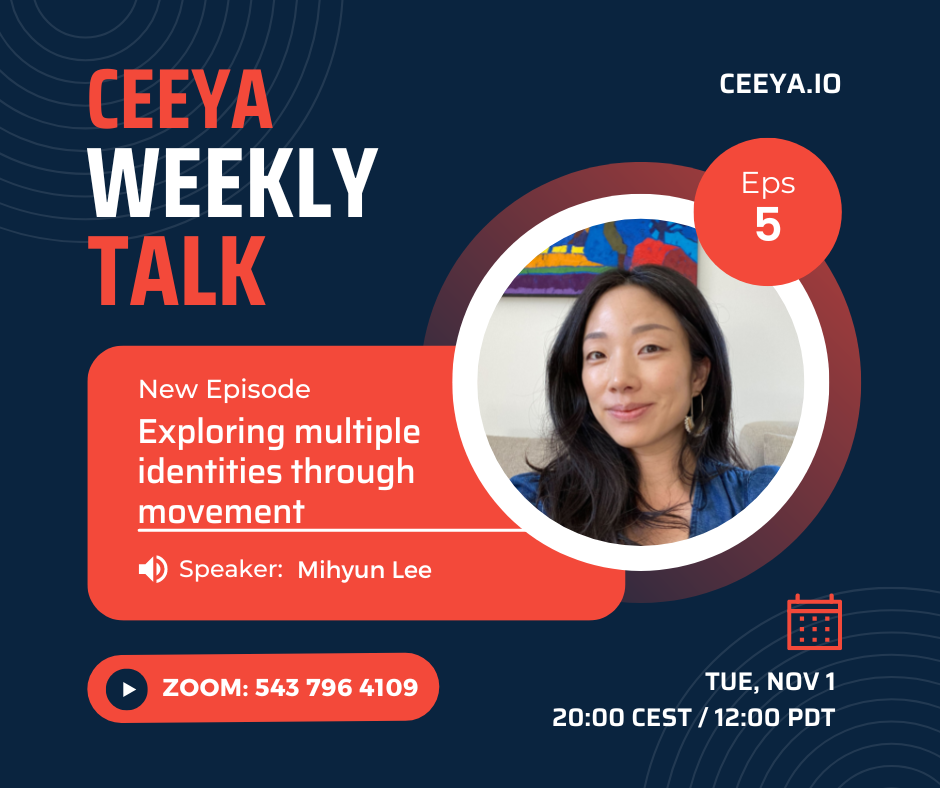
- Could you please introduce yourself?
I was born and raised in South Korea and moved to the Bay Area in 2009. I live in Berkeley California with three little kids and husband. I am an Associate Marriage and Family Therapist (AMFT), Certified Laban Movement Analyst (CLMA), Registered Somatic Movement Therapist (RSMT), and Professional Dancer.
- What is Somatic Movement?
In Greek, soma means body, and somatic means anything related to the bodily experience. Somatic movement focuses on internal process and experience so that movement occurs from inner sensation or motivation rather than generating shapes for external appearance. This somatic movement practice allows us 1) to pay attention to bodily state rather than mental state and 2) to learn to notice what’s happening in our body in the moment. It is very effective practice for people who want to treat their high level of stress responses including fight, flight, freeze, and fawn.
- Fight is your body’s way of facing any perceived threat aggressively.
- Flight means your body urges you to run from danger.
- Freeze is your body’s inability to move or act against a threat.
- Fawn is your body’s stress response to try to please someone to avoid conflict.
- Could you tell me about your workshop "Exploring Identities for Transracial Adoptees"?
We all have multiple identities that are identified either by self or contextually. Multiple identities have different strengths and weaknesses. They reveal themselves depending on how one relates to different environments.
It is natural to desire something that is absent in our life. The more I study about myself, the more I desire to find my biological parents as an adopted child. Then, grief gets harder. It comes up strongly whenever I feel disconnected from society or a group of people in the USA as an immigrant. In contrast, I feel very confident as a professional dancer and mother of three kids. This contrast led me to realize parts of my identities such as being an immigrant and person of color that were given by the condition of relocating myself to the USA are not so functional. Then, I became fully aware of my different identities associated with specific movements and shapes while I studied Laban/Bartenieff Movement Analysis (LBMA) at Integrative Movement Studies in 2021-2022. For instance, with the mother and dancer identity, I associate with the right side of my body, quick and active movement quality, reaching out, and high level of space whereas with immigrant and adopted child identity, I associate with the left side of my body, slow paced movement, pulling in, and low or middle level of space. It was possible to become aware of them because LBMA offers various ways of looking at human movement and finding more possibilities. In turn, one can expand the range of perception to understand oneself. After this crucial lesson, I felt called to share my knowledge with Transracial Adoptees because of the shared experience of misplacement as an adoptee. For Korean Transracial Adoptees, in particular, I believe my presence with cultural embodiment as a person who grew up in South Korea and studied Korean Traditional Dance will be beneficial for them to experience Korea or Korean culture indirectly.

- What is Kinesio Psychotherapy?
Kinesio Psychotherapy, which I coined in 2022, is an approach that integrates movement in psychotherapy. The belief is that there is a fundamental relationship between movement and psychology. In this particular approach, therapists observe clients’ movement and share observation from the lens of Laban/Bartenieff Movement Analysis (LBMA) with clients without therapist's interpretation. The purpose of sharing observation is to assist client's self-directed discovery. This can be a transformational moment of self-discovery because the client becomes aware of their own association between movement and psychology. It is the moment of making a bridge between unconsciousness and consciousness. From this point, clients can practice and integrate more functional responses into their existing or dysfunctional patterns of bodily response, which is why I believe utilizing LBMA in psychotherapy is very effective for clients dealing with stress responses including fight, flight, freeze, and fawn.
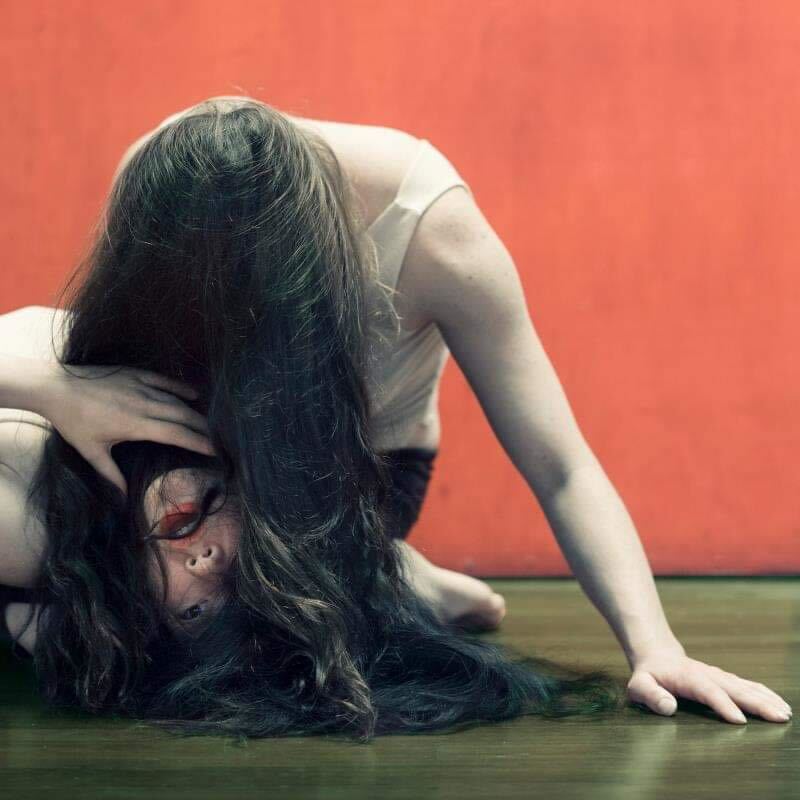
- How can the Contact Improvisation (CI) be therapeutic?
I practice multidimensional ways of relating to others through Contact Improvisation.
A salient feature of Contact Improvisation is a constant and spontaneous physical exchange of weight and contact (at least) between two bodies. Two bodies are in a dynamic and nonlinear relationship with a point of physical contact while maintaining a shifting point of contact. It entails a principle of responsive adjustment to attune to the shifting point of contact and to negotiate how two movers will shift from one maneuver to another. Movements occur concurrently as a result of spontaneous self-organization from the dynamic and nonlinear relationship between movers.
I approach Contact Improvisation as a means of Somatic Movement practice with another person. It has been my active meditation practice with a notion that the unknowns become known by physical contact and communication. This relational dance form with physical contact and constant negotiation is just like being in a relationship to me. I learned what nurturing relationships feel like through CI. Nurturing relationships require constant exchange and responses through communication and negotiation in the same way a child develops their healthy sense of self by giving and receiving constant responses and feedback with their caregiver and from the environment. I have been utilizing CI as a couple therapy and relationship therapy. Clients can improve attunement skills, cognitive flexibility, adaptation, resiliency, and setting boundaries.
- What is "Touch for Repatterning?"
It is rehabilitative therapy to restore functionality, to foster efficiency, and to increase mobility. By repatterning dysfunctional patterns of movement, expression can be improved because expression and function are patterned together. This service is good for people who have chronic pains and desire to increase function and expression of movement the way they desire.

Join Mihyun's online session "Exploring multiple identities through movement" on November 1st (Tuesday) 12p.m. PDT / 3p.m. EDT / 8 p.m. CEST.
Reach out to Mihyun through her Ceeya page: https://www.ceeya.io/at/mihyunlee
